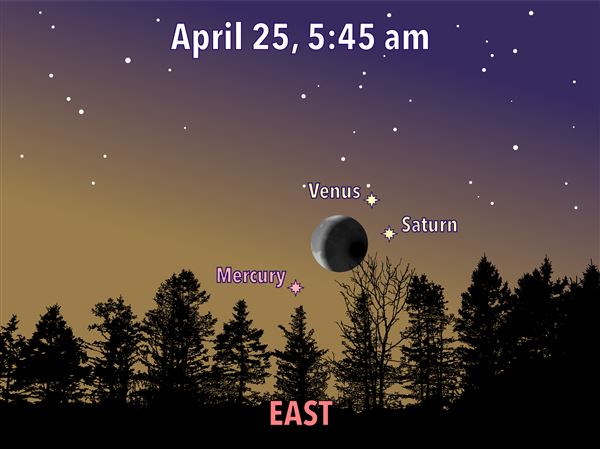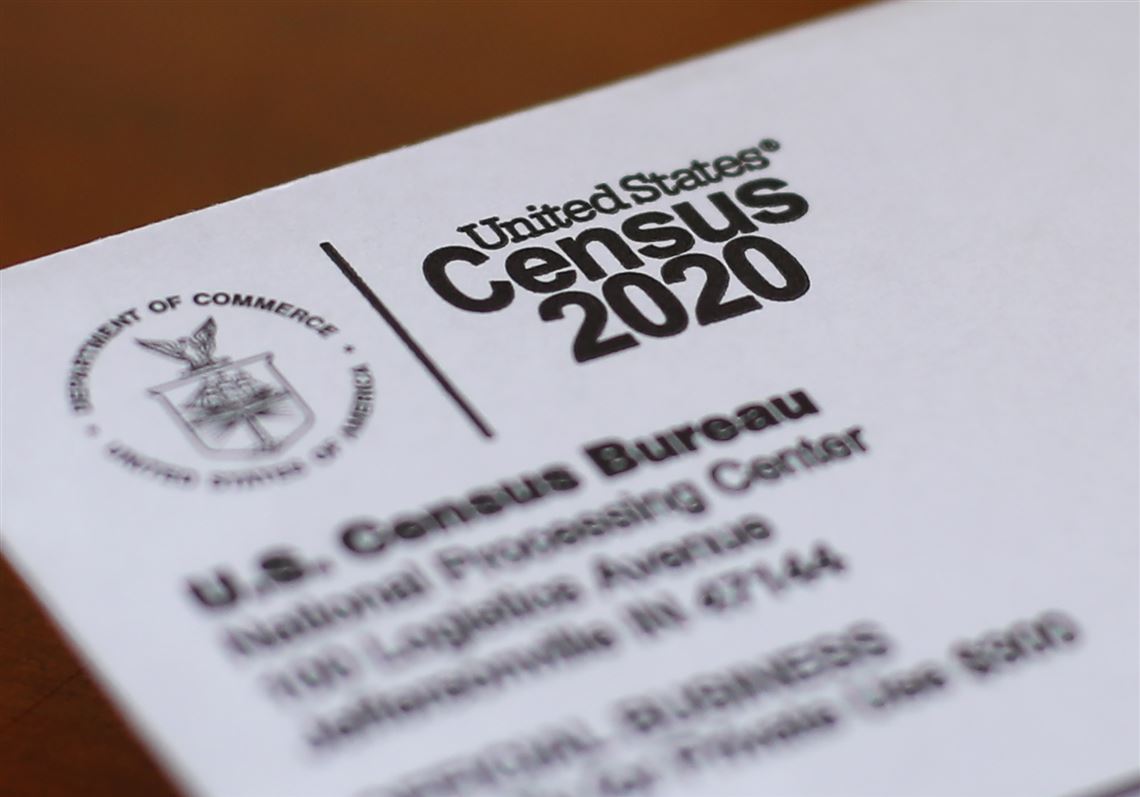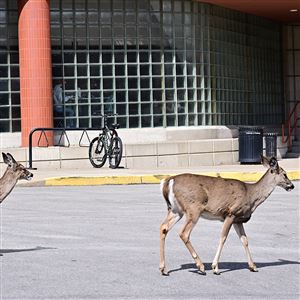The number of Americans who identified as more than one race nearly doubled to 13.5 million people between 2010 and 2020, a Stateline analysis of census figures shows. It doubled or more than doubled in 34 states and the District of Columbia.
The increases contributed to a first-ever decline in the population identifying solely as non-Hispanic white. The number of people identifying as white who also identified as Hispanic or another race did grow, however.
“It’s not unreasonable to imagine that if people keep intermarrying, if they define themselves as white and they are accepted as white, the definition of white in 2052 could be much different than it is in 2022,” said Ellis Monk, an associate sociology professor at Harvard University who has studied the way official racial categories can be misleading.
But Dr. Monk emphasized that he and other people with dark skin or other distinctive racial features continue to face discrimination and reduced opportunities, even if they identify as more than one race. He is Black, and like most African Americans he has white forebears, but he doesn’t consider himself to be biracial.
“It’s not what your ancestry is, it’s what you look like. That’s how discrimination happens,” said Nancy López, director of the Institute for the Study of “Race” and Social Justice at the University of New Mexico. Ms. López said her group puts the word “race” in quotes to emphasize that race is a shifting concept based more on social norms than biology.
Official statistics don’t capture the full range of multiracial and ethnic backgrounds. “The binary vision of whites versus people of color is a distortion of American social realities,” said Dr. Alba, a sociologist at the City University of New York. “90% of all racial mixes include white ancestry,” he added, echoing an argument in his study that people who identify as white plus another race are a “bridging group” that make assimilation more likely.
Most Americans say the declining share of non-Hispanic white people is neither good nor bad for society, according to a survey last August by the research center. But Dr. Alba’s book “The Great Demographic Illusion: Majority, Minority, and the Expanding American Mainstream” noted research that shows white people tend to show more hostility to minority groups and adopt more conservative positions after hearing white Americans are headed for minority status, though not all studies reached the same conclusion.
The most common multiracial group nationwide was white and American Indian or Alaska Native, which is also the most common multiracial group in 32 states, up from 15 in 2010.
In 2010, white and Black was the most common multiracial group nationally and in 29 states. The number of multiracial Americans identifying as white and Black grew by two-thirds to about 3 million, but the number of those identifying as white and American Indian grew faster, by 177% to nearly 4 million.
The increase in people who identify as white and American Indian was partly a result of better questions on census forms that provided more examples of tribes, but also more public curiosity and receptiveness to learning about mixed roots, Indigenous leaders say.
“The question is whether, in a few generations, race will become less significant in this society, as ethnicity did after World War II, or if this is a nation where race will continue to be an important issue,” said Reynolds Farley, an emeritus sociology professor at the University of Michigan.
For some people, identifying themselves as more than one race matters little if Americans tend to put people in either the “Black” or “white” categories. Former President Barack Obama, who has a white mother though he identifies as Black, has described being mistaken for a waiter or parking valet before he was famous.
“I am a white woman who married a Black man and had a Black baby,” said Amanda Lewis, a sociologist who runs the Institute for Research on Race and Public Policy at the University of Illinois at Chicago. “That’s the way others see her. That’s the way we think of her,” she said of her daughter. “The opposite doesn’t happen. Instead of trying to make white people more comfortable, we need to embrace the multiracial democracy we’ve become.”
In his book, Dr. Alba questions the idea of a “majority-minority” United States by 2045, as predicted by the U.S. Census Bureau. At that point, according to census officials, the non-Hispanic white population will fall below 50%. That idea creates a misleading impression of a “stark and deep-seated cleavage between the currently dominant white majority and non-white minorities,” hewrites. He argues that other races could be “absorbed into mainstream society” like earlier generations of European immigrants were.
Ms. Lewis and Ms. López argued for different statistics that would include both self-identified racial categories and a “street race” that reflects the way people are perceived by the outside world. “Asking simply how people identify is not enough,” MS. López said. “We need to measure how others see you, or we miss an opportunity to make inequity visible and rectify that inequity.”
Tim Henderson covers demographics for Stateline.
First Published: May 28, 2022, 4:00 a.m.














